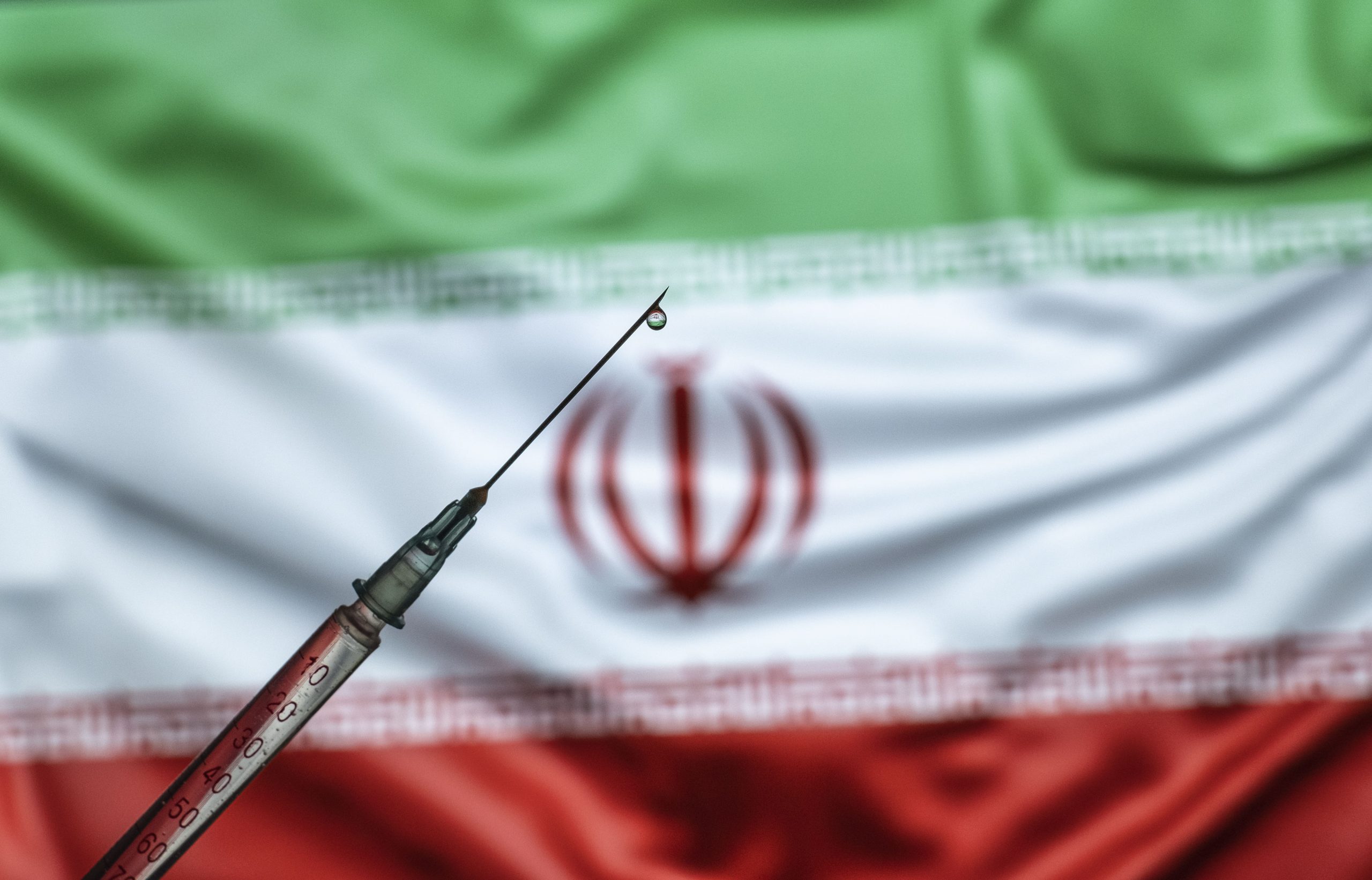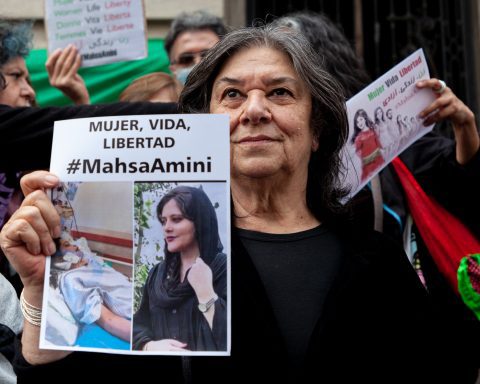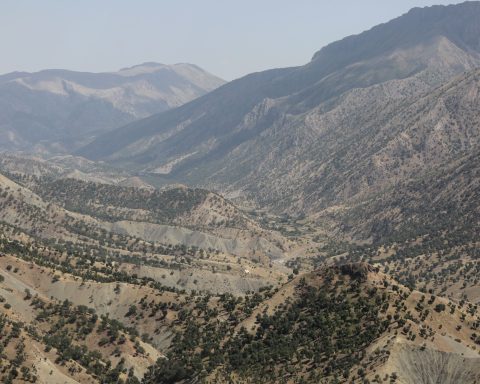On Monday, it was announced that Iran is preparing to release its first domestically produced vaccine against COVID-19. The vaccine is entitled as COV-Iran Barakat and successfully completed its clinical trials. COV-Iran was first revealed last December. It was invented by the state-run Headquarters for Executing the Order of Imam. With it completing clinical trials successfully, its mass production had begun in late March.
The director of the research center producing the vaccine, Hassan Jalili, announced that one million doses of COV-Iran Barakat would be produced within this month. The production is expected to reach three million next month, 10-12 million by July and 13-15 million by August.
Speaking regarding the efficiency of the vaccine, a medical expert and member of Iran’s task force against COVID-19, Minoo Mohraz, affirmed that it has “high efficiency and immunity.”
On the other hand, COV-Iran Barakat is not the only vaccine that Tehran was able to produce. There is another vaccine jointly developed with Cuba, named Soberana-02, which has also accomplished clinical trials and is ready for mass production. The vaccine, developed through the collaboration between Cuba’s Finlay Vaccine Institute and Iranian Pasteur Institute, is the first joint project and technology transfer between the two countries.
Iranian Health Minister Saeed Namaki announced that the two vaccines are ready to be administered to people starting next week.
Starting its vaccination process in early February with the Russian-made Sputnik V, Iran has also acquired vaccines from China, India, and the World Health Organization. Yet, vaccinations have slowed down. So far, 3.5 million people have gotten their first dose while only 516,000 people have received two shots, mostly made up of healthcare workers, aged and ailing people.














